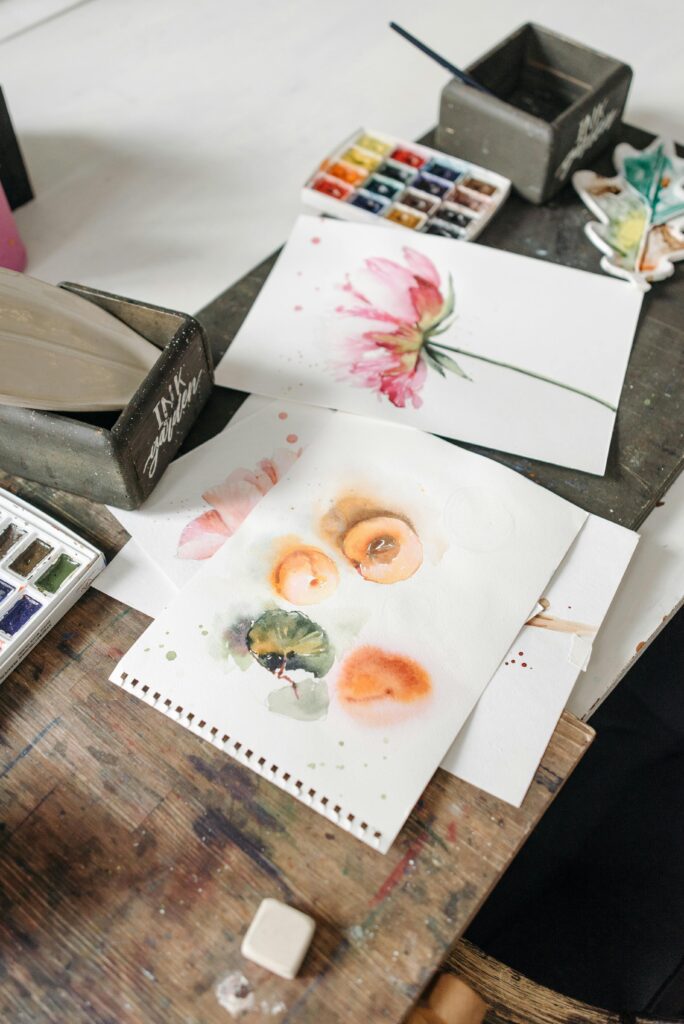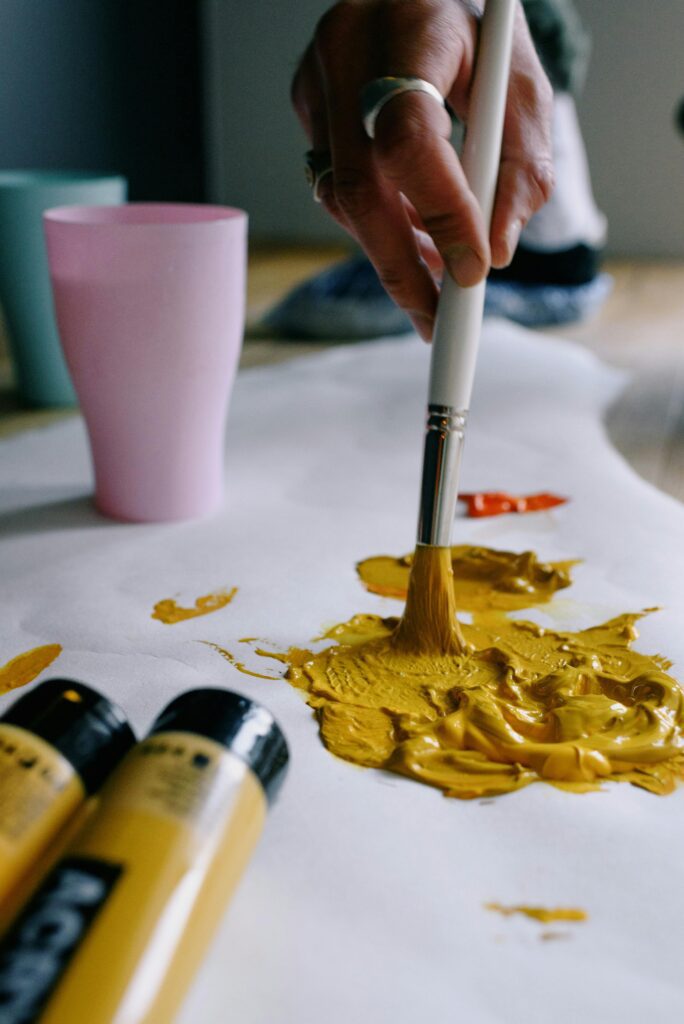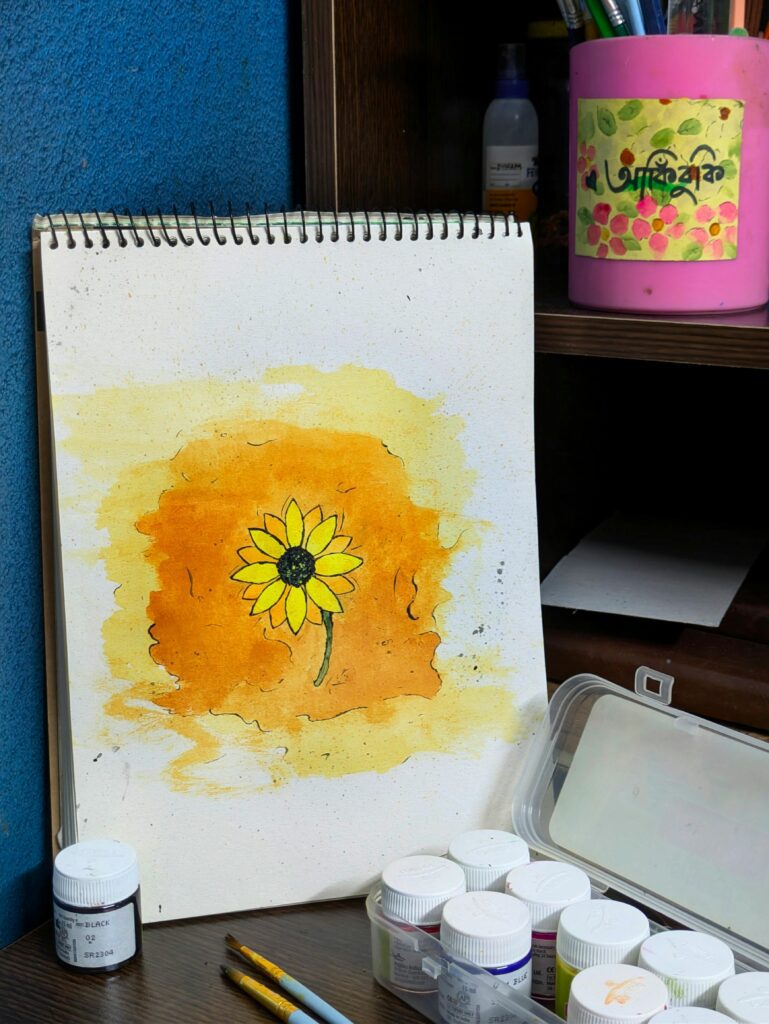Do Artists Need To Take Courses and Workshops?

You’ve got your portfolio already, but what if it could be better, sharper, more you? That’s where continuing education steps in. Courses and workshops aren’t just about learning new techniques; they’re the secret sauce that adds depth, clarity, and confidence to your work.
Imagine walking into a class and hearing perspectives that push you, an instructor says, “What if you flip that color gradient?” or a peer asks, “Why did you choose that composition?” Those moments shift how you see your own art.
From weekend intensives to semester-long studio courses, these options let you polish parts of your practice that feel fuzzy, like lighting, digital workflow, or concept development. Many art schools, extension programs, and academies worldwide offer these targeted classes.
Some courses, like portfolio-development workshops, explicitly focus on refining how you present your work. For example, CalArts offers an eight-week “Portfolio Development Workshop for Artists and Animators.” That’s not beginner fluff, it’s serious training in how to elevate your visual voice.
These courses also give you feedback loops you rarely find working alone. Instructors, fellow students, critiques, these help you see blind spots and tweak things before they become permanent in a portfolio.
The next sections will walk you through what kinds of courses to look for, how to choose ones that actually help your portfolio, and tips to make the most of every workshop. Ready to sharpen that edge? Let’s go.

So Many Courses Out There… How Do You Even Choose?
Everything looks tempting, every title promises to be “the one,” and twenty minutes later you’re overwhelmed instead of inspired. That’s how artists get stuck in this cycle of bookmarking courses but never actually starting them. The trick is to stop asking, “What’s the best course out there?” and instead ask, “What’s the gap in my portfolio right now?” That shift makes the choice way clearer.
Think of it like filling your art toolbox. If your portfolio already has tons of life drawings, maybe it’s time to learn digital illustration.
Or if your paintings are strong but your presentation skills are shaky, a course on portfolio prep could do more for you than yet another studio technique. Instead of collecting duplicates, go for something that adds a missing piece to your creative puzzle. It makes your portfolio feel more complete, and you’ll actually notice the progress instead of just adding another certificate to your wall.
Cost can trip a lot of artists up, too. You see a $1,000 course with glowing ads and start to think it must be worth it. But some of the most useful classes aren’t flashy at all , they might be a local workshop, a Zoom series by an artist you follow, or even something offered through a community center. What matters most is whether the class moves the needle for you. It’s not about how impressive it looks on paper, it’s about whether it genuinely helps you grow and add stronger work to your portfolio.
And let’s talk time.
A six-week program might sound amazing, but if you’re already balancing commissions, work, or family, it might leave you more stressed than inspired. Sometimes shorter, focused sessions are exactly what you need. A two-day workshop that leaves you itching to get back into the studio can be way more effective than a long course you only half-complete. It’s not about signing up for the longest or hardest option, it’s about choosing one that fits your reality.
Another big factor? The teacher.
You want someone who’s not just a good speaker, but someone who actually practices what they’re teaching. If they’ve built exhibitions, managed their own portfolio, or had their work in shows, they’ll pass along tips you won’t find in textbooks. Those little nuggets of “here’s what worked for me” can save you years of trial and error. It’s like having a mentor built into the class.
At the end of the day, the right course is one that feels doable, stretches you a little, and gives you something you can actually use. Don’t overthink it or get sucked into the idea that bigger is better. The best choice is the one that leaves you with a new piece of work, new confidence, and maybe even a new way of thinking about your portfolio. That’s worth a lot more than another online certificate you never look at again.
Turning Lessons Into Real Portfolio Pieces
Here’s something a lot of artists don’t admit: it’s easy to take a course, jot down some notes, and then let it all gather dust. You tell yourself you’ll apply it “later,” and suddenly months go by without you touching those lessons. The truth is, courses are only as valuable as what you do with them. The smartest way to get value is to apply what you’ve learned immediately, while it’s fresh in your mind. Even a small sketch or draft can turn that lesson into something tangible for your portfolio.
When you walk into a class, start thinking of every assignment as a potential portfolio piece. That mindset changes how you approach it. Instead of tossing it aside as “practice,” you take it seriously enough to shape it into work you’d actually want to show. By the time the course is over, you’re not just richer in knowledge, you’re richer in finished work too. And trust me, it feels way better to leave with something to show than just a notebook of half-scribbled reminders.
Another hack? Document the process while you’re in the class.
Snap photos of your drafts, critiques, or even group discussions. Later on, these behind-the-scenes shots can be gold when you’re putting together an artist website or updating your social media. People love seeing how a piece evolves, and you don’t have to stage it , it’s just your real process. Plus, when you’re having a low day, looking back at those little progress shots is a nice reminder that you are actually growing.
You can also revisit older works in your portfolio and give them a second life with your new skills. Maybe you took a printmaking class and suddenly that half-finished sketch you abandoned looks like the perfect candidate for a linocut. Or maybe you learned a fresh approach to layering colors that could bring a stalled painting back to life. Courses don’t just push you forward, they can breathe new energy into the work you once wrote off.
Reflection is another step artists often skip. After a course, pause and ask: which lesson actually stuck? Which critique pushed me the most? Which skill could change how I build my portfolio going forward? Writing these down doesn’t take long, but it makes sure you don’t lose the deeper value in the rush of everyday life. It also helps you spot patterns in what’s working for you.
By the time you’ve taken a couple of courses with this mindset, your portfolio looks less like a random collection and more like a story of growth. Instead of scattered experiments, you’ve got intentional, skill-driven pieces that clearly show progress. That not only impresses curators or clients, but also gives you a confidence boost because you can see the difference yourself.

Networking in Disguise: The Hidden Perk of Workshops
Most artists sign up for courses thinking they’ll leave with better skills, and sure, that’s true. But here’s the underrated part: the people you meet along the way. Workshops bring together artists at all levels, and the conversations that happen in between lessons often stick with you longer than the lecture itself. You start chatting with someone about your process, and before you know it, you’ve found a peer who genuinely gets the ups and downs of making art.
Those relationships matter more than you think. Maybe someone you met in a weekend class later sends you a link to a grant they think you’d be perfect for. Or maybe they become the first person to comment when you finally launch your website. Art is a tough road, and having even a handful of people in your corner makes a huge difference. It doesn’t have to be some grand collaboration , even casual support keeps you motivated.
And then there are the instructors.
A teacher who sees you show up and push yourself is likely to remember you. They might later recommend your work, or even bring you into opportunities you never would have found alone. Not every class will lead to that, of course, but the chance is real. Staying curious, asking questions, and following up politely after a course can leave doors open you didn’t even know existed.
Another benefit that sneaks up on you is accountability.
When you know you’ve got classmates who are expecting to see your work in the next session, it pushes you to stay consistent. That kind of structure can be a lifesaver if you tend to procrastinate. It’s easier to keep going when you’re not working in a vacuum, and those habits naturally spill into your portfolio too.
After a course ends, staying in touch can feel awkward, but it doesn’t have to be. Even a quick note like “Hey, I finally finished that piece from class” can keep the connection alive. Social media helps too , following each other’s journeys and sending small words of encouragement keeps the energy flowing. Over time, those simple touches build a little community that travels with you.
When you look back, you’ll realize your portfolio isn’t just built by your own effort. It’s been shaped by the critiques, the conversations, and the encouragement from the people you’ve learned with. That makes every course feel bigger than the lessons on paper. It becomes part skill-building, part community-building , and both make your portfolio stronger.
Avoiding the “Course Collector” Trap
It’s surprisingly easy to become what I like to call a “course collector.” You sign up for one, feel the buzz of learning, and before you’ve even finished, you’re eyeing another. Before long, you’ve got a stack of half-finished workshops and no clear improvements in your portfolio. It feels productive in the moment, but when you step back, you realize you’ve been gathering knowledge without putting it into practice. The result? A lot of notes and not much to show.
The trick is to approach courses like ingredients, not meals. You don’t need to collect everything; you need to pick the few that truly serve your current goals. That could mean skipping a trendy class that doesn’t fit your portfolio’s needs, even if it looks exciting. The discipline of saying “not right now” is what keeps your growth steady. Otherwise, you’re just filling your schedule without building momentum.
One way to avoid this trap is to set a simple rule: for every course you take, you should finish at least one portfolio piece before moving on to another. It keeps you focused and prevents overwhelm. Instead of rushing into the next opportunity, you squeeze every bit of value from the one you already invested in. This approach builds consistency and gives your portfolio pieces real depth, rather than shallow traces of too many half-learned skills.
There’s also the issue of burnout.
Constantly hopping from one course to another can make you feel more scattered than inspired. You start confusing yourself with conflicting advice, or worse, you feel behind because you can’t keep up. Education should empower, not drain. A single, well-chosen course applied thoroughly is worth ten you never really complete. Sometimes less is truly more when it comes to artistic growth.
Accountability helps here too. Share with a peer that you’re committing to finish a piece before taking another class. Or even jot it down in your studio journal as a personal rule. By making that promise, you create a checkpoint that stops you from endlessly chasing the next thing. It’s not about denying yourself, it’s about pacing yourself so that learning translates into visible, finished work.
When you build this kind of structure, your portfolio naturally starts to reflect depth, focus, and maturity. Instead of looking like a random collage of experiments, it feels like a thoughtful collection.
And that’s exactly what curators, clients, and collectors are drawn to , not how many courses you’ve signed up for, but how clearly you’ve grown through them.
Building Confidence Through Structured Feedback
One of the most underrated parts of courses and workshops is the feedback you receive. On your own, it’s easy to get stuck staring at the same piece, unsure if it’s strong or if you’re missing something. In a structured setting, you suddenly have peers and instructors pointing out details you may not have noticed. That outside perspective can be both humbling and encouraging, and it often gives you the push you need to refine your portfolio.
Feedback is especially powerful because it’s not just about praise. It’s about learning how to adjust, how to explain your choices, and how to take critique without losing your voice. These are real skills you’ll use in exhibitions, interviews, and presentations. The classroom becomes a safe environment to practice handling opinions, which is much better than facing your first tough critique at a gallery with no preparation.

The trick is learning how to filter feedback. Not every comment needs to change your work, and not every suggestion fits your vision. Structured feedback teaches you discernment , the ability to know what strengthens your portfolio and what would take it in the wrong direction. That balance of listening while staying true to your voice is one of the hardest but most valuable skills you’ll carry forward.
Confidence grows with each round of feedback you handle well. The first time might sting, but over time you start realizing critique is not an attack, it’s a tool. The more you experience it, the more you learn to present your work clearly and stand by your decisions. That confidence shows up when you talk about your art, and it makes your portfolio stronger not just visually, but narratively too.
Workshops also normalize the idea that everyone is learning. Seeing peers also struggle or improve makes you realize you’re not alone in the process. It takes away the isolation that many artists feel and replaces it with camaraderie. That shared learning environment can make even tough critiques feel less intimidating, because you know everyone is working through the same challenges.
By the time you’ve gone through a few cycles of structured feedback, your portfolio isn’t just a set of works , it’s a body of art you can discuss, defend, and refine with confidence. That shift in mindset is just as important as the art itself. Because when you’re comfortable talking about your work, people feel more comfortable engaging with it.
Time Management: Making Courses Work Around Your Life
One of the biggest reasons artists shy away from continuing education is the fear of not having enough time. Between studio practice, work, and personal responsibilities, adding a course can feel impossible. But here’s the thing: courses don’t have to take over your life. With the right approach, they can fit neatly into your schedule without overwhelming you. It’s all about being realistic about what you can give, and planning accordingly.
Start by choosing courses that actually align with your current lifestyle. If you can only commit to weekends, look for short intensives or recorded classes you can watch on your own schedule. If evenings work better, pick workshops that fit that rhythm. Forcing yourself into a timetable that doesn’t match your reality will just lead to stress and half-finished assignments. When you choose with your life in mind, the learning becomes sustainable.
It also helps to set micro-goals. Instead of telling yourself you’ll finish an entire course project in one week, break it down into smaller steps you can realistically tackle between your regular work. Maybe you sketch today, refine tomorrow, and review the critique over the weekend. By pacing yourself, you make steady progress without burning out. That consistency matters more than speed when it comes to portfolio growth.
Another smart trick is to integrate learning into your daily studio routine. For example, if you’re practicing a new shading technique from class, apply it to a work you were already planning to do. That way, you’re not splitting your attention between “class work” and “personal work” , you’re folding them together. This saves time and makes your learning feel more directly connected to your artistic practice.
Don’t underestimate the role of rest, either. It’s tempting to cram every spare minute with coursework, but overloading yourself usually backfires. A rested mind absorbs new lessons better. Setting boundaries around when you study, and when you pause, helps you stay consistent for the long run. Remember, education is a marathon, not a sprint.
By approaching time management this way, courses stop feeling like a burden and start feeling like a supportive rhythm in your life. Instead of competing with your art, they become a natural extension of it. Your portfolio benefits because you’re producing with focus and clarity, not rushing through exhausted. Over time, those steady steps add up to big shifts in both your skills and your confidence.
Stop Collecting Resources and Actually Use Them
Here’s a little confession many artists make quietly to themselves: we love hoarding resources. You know, saving links to workshops, downloading free PDFs, bookmarking courses, but never really doing anything with them. It feels productive in the moment, like you’ve just prepared your future self for success, but it’s often just another way to delay actually learning. The problem is, all those saved tabs don’t magically improve your portfolio. You have to open them, commit to one, and go through the material fully.
Think about the last time you signed up for a webinar or course. Did you actually finish it, or did it end up sitting in your inbox under “I’ll get to it later”? That’s the trap so many of us fall into. We want growth but underestimate how much discipline it takes to show up consistently. Courses and workshops only work if you treat them like appointments with yourself. Instead of waiting for the “perfect moment” to start, just pick one and begin, even if it feels inconvenient.
Another reason artists don’t follow through is fear of being overwhelmed. You might think you have to complete every module or practice every single skill at once. That’s not realistic. Start small. If you’re in a painting course, maybe just focus on trying one new technique this week. If it’s a portfolio-building workshop, spend an hour updating one project instead of redoing everything. Slow but steady progress feels much more doable and keeps you engaged.
It also helps to create accountability. Tell a friend you’re taking a specific course, or better yet, take it together. Being able to chat about what you’re learning, exchange notes, and hold each other accountable makes a huge difference. Community keeps you going when you’re tempted to drop it. Even online groups or forums related to the course can give you that boost.
And remember, you don’t need ten courses to feel accomplished. You need one or two that you actually finish and apply. It’s better to deeply learn from one workshop than to skim through a dozen. So instead of piling more resources onto your digital shelf, commit to using what you already have. Your portfolio will thank you for it.
The bottom line? Stop collecting and start applying. Learning is only valuable when it moves from your saved folder into your practice. That’s when you see real change, not just the illusion of being busy.
Learning Outside the Traditional Classroom
Not all education comes with certificates, deadlines, or video modules. Some of the most valuable lessons you’ll ever gain for your portfolio can come from experiences outside traditional structures. Think about volunteering for a community art project, assisting another artist in their studio, or even joining a local art group where people share feedback. These are all forms of continuing education that feel less rigid but often more memorable.
For example, shadowing another artist while they prep for a show can teach you things you won’t find in any online workshop. You’ll see firsthand how they choose pieces, handle installation challenges, and interact with curators. That’s practical knowledge that directly applies to your own career. And it doesn’t come from a lecture, it comes from being there.
There’s also huge value in joining critique groups.
Many artists dread them because feedback can be uncomfortable, but they’re one of the fastest ways to spot gaps in your work.
If your peers consistently point out that your portfolio lacks cohesion, that’s gold. You don’t need to wait for a juror or gallerist to reject your submission to learn that lesson. You can fix it in advance, saving yourself time and disappointment.
Workshops don’t always mean paid sessions either. Some libraries, community centers, and local art councils offer free or low-cost programs. Even museums often have artist talks or demonstrations that give insights into techniques and career strategies. These moments may not give you a fancy certificate, but they give you practical skills and inspiration to update your portfolio.
And don’t overlook the role of self-driven projects. Sometimes the best way to educate yourself is to design your own “workshop.” Set a challenge, like creating a 10-piece mini-series in a new medium, and treat it like a course. Document your process, reflect on what you’re learning, and fold the results into your portfolio. You’ll not only have new work but also a story about your willingness to learn and adapt.
Continuing education isn’t always about classrooms, it’s about seeking growth wherever it shows up. The key is to stay curious and open to less obvious opportunities.

The Portfolio Edit: Turning Lessons into Action
Here’s where a lot of artists get stuck: they take courses, attend workshops, and gather feedback, but then they don’t know how to bring those lessons into their portfolio. It’s easy to learn in theory, but applying it requires real decision-making. Editing a portfolio isn’t just adding new work, it’s about refining what you already have so it reflects your growth.
One mistake artists make is holding onto every piece they’ve ever made, thinking volume equals strength. But in reality, fewer strong pieces make a bigger impact. If you’ve taken a recent workshop that taught you a new skill, compare your older work with your newer creations. Do the older ones still represent your best abilities? If not, it might be time to archive them.
Another step is reordering your portfolio. Education should shape how you present yourself, not just what you make. If you’ve learned about visual storytelling or narrative flow, apply it. Group works that show progression, highlight consistency in theme or medium, and make sure your portfolio feels intentional, not random. That way, anyone flipping through it immediately sees growth and direction.
Don’t be afraid to revisit written elements too. A lot of workshops focus on artist statements and bios, which directly connect to your portfolio presentation. If you’ve learned how to describe your work more clearly, update those texts so they align with your visuals. Strong words plus strong visuals make for a powerful package.
Feedback from courses can also serve as a filter.
If three instructors or peers mentioned that a certain piece doesn’t fit, they’re probably right. You don’t have to delete it forever, but consider leaving it out of your main portfolio. Trust the patterns you notice in feedback, it’s there to guide you.
Education is wasted if it doesn’t show up in your portfolio. Think of it this way: your learning isn’t complete until you’ve applied it. Otherwise, it stays in your notes instead of helping you land opportunities.
Sometimes after a course or workshop, your head is buzzing with ideas, but when you sit down in the studio, they scatter everywhere. That’s where something like the Artist Artwork Planner comes in handy. It’s basically a structured space to capture inspiration, map out projects, set deadlines, and keep track of progress. Instead of scribbling notes on random scraps of paper or getting lost in ten different sketchbooks, you’ve got one place that keeps your learning connected to your practice. Think of it as a bridge between the excitement of learning and the reality of finishing.
Building Confidence Through Continuous Learning
Let’s be real, one of the biggest reasons artists invest in courses and workshops is to feel more confident in their work. Creating art is deeply personal, and showing it to the world can make even the boldest person hesitate. But education, in whatever form it takes, adds tools to your belt and reassures you that you’re not winging it.
Think of the confidence boost you get when you learn a new technique and actually apply it successfully. Suddenly, that piece you were unsure about feels stronger, and you feel prouder sharing it. Confidence doesn’t just come from praise, it comes from knowing you’ve equipped yourself with the skills to back up your ideas.
Workshops also normalize the struggles you face. Hearing instructors or peers admit that they also wrestle with self-doubt, time management, or messy drafts helps you realize you’re not alone. That shared experience makes you feel less like an outsider and more like part of a community. Confidence grows in that environment because you see yourself reflected in others’ journeys.
And let’s not underestimate the practical side.
When you know you’ve learned best practices in portfolio curation, artist statements, or professional presentation, you walk into opportunities with more assurance.
It’s one thing to hope you’re doing it right, but it’s another to know you’ve learned tested methods. That kind of knowledge removes a lot of guesswork.
Confidence also builds over time. One course won’t change everything overnight, but continuing to learn keeps you growing steadily. With each step, you start believing in yourself a little more. And when you believe in your work, it shows, not just in your portfolio, but in how you talk about it and how you show up for opportunities.
In the end, confidence is the quiet reward of continuous education. It doesn’t scream, it shows up in subtle ways, like the way you hit “submit” without second-guessing or the way you introduce yourself in an artist talk. That’s the real power of leveling up through learning.
